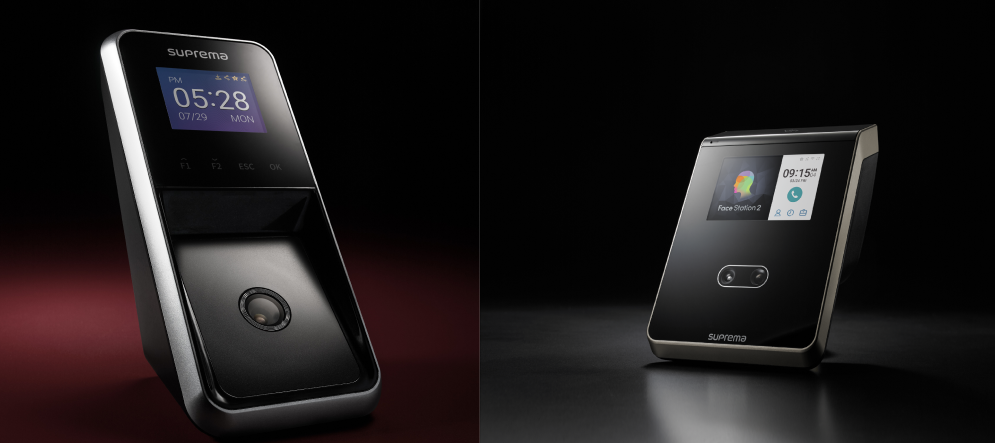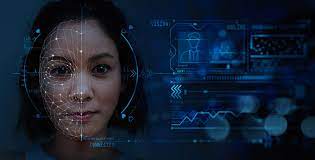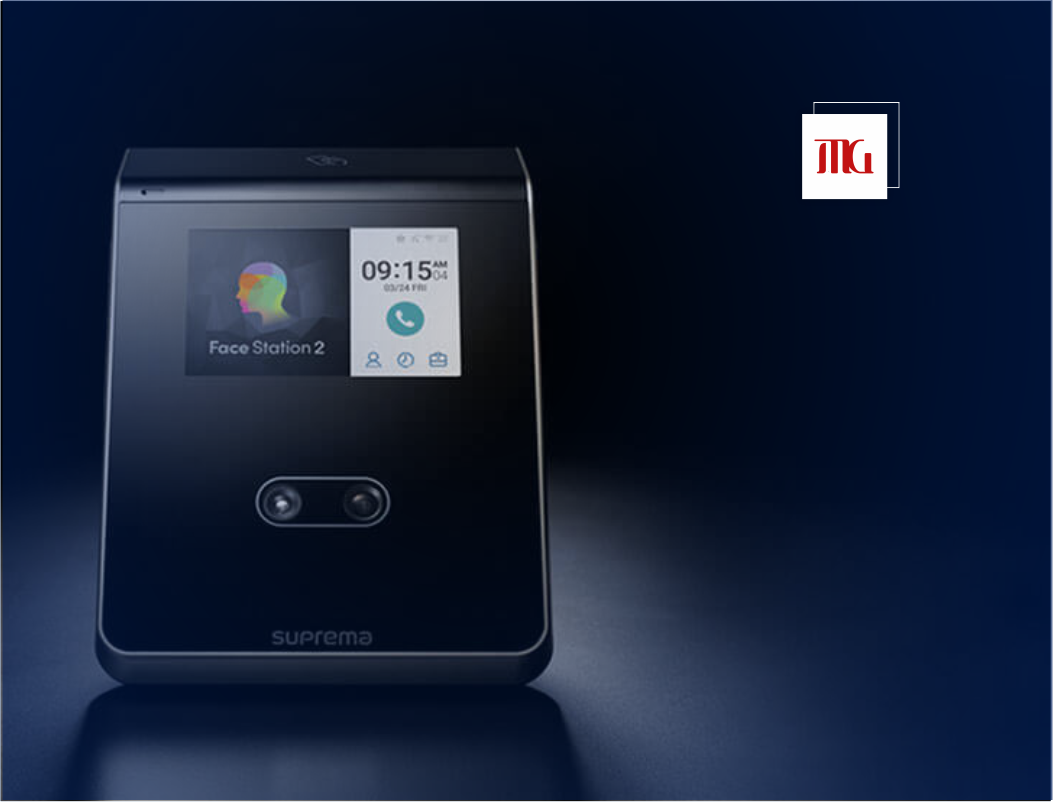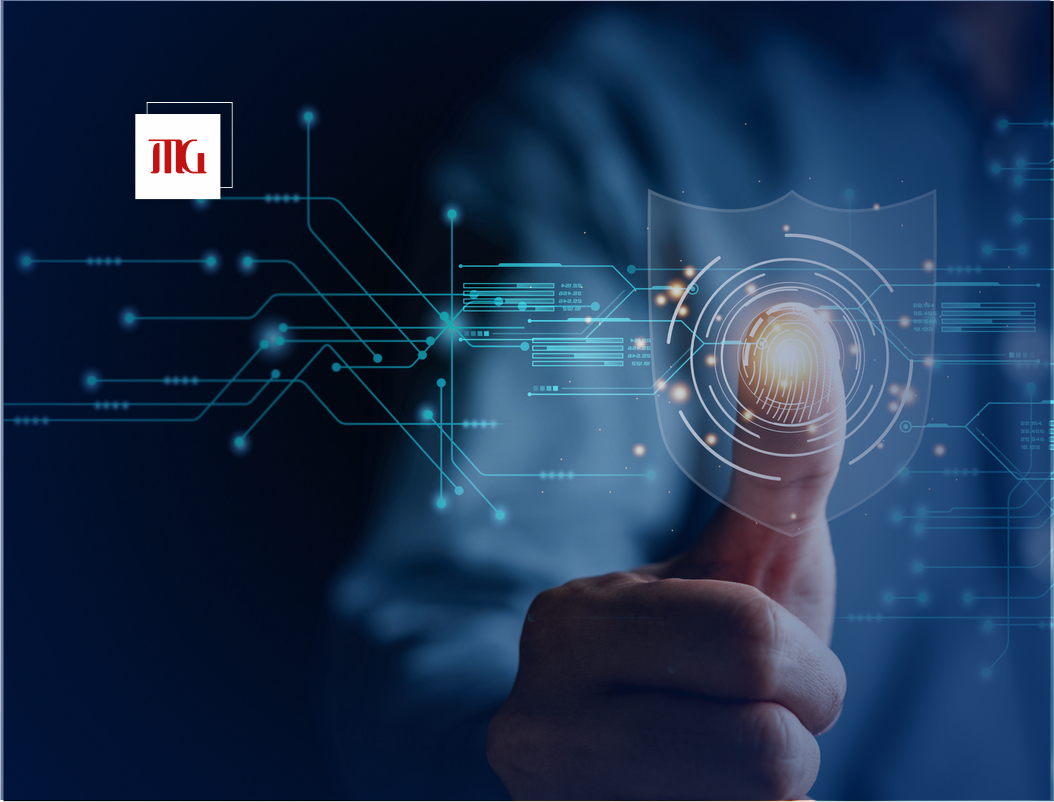Importance of Face Recognition Devices
Face Recognition Devices will become more important in a variety of industries by 2024, including security, healthcare, retail, and transportation. As technology progresses, face recognition capabilities and applications grow, providing a balance of convenience, safety, and efficiency. This article delves into the varied relevance of facial recognition systems, including their influence on security, user experience, privacy problems, ethical considerations, and future prospects.
What are Face Recognition Devices ?
Face Recognition Devices are technical systems that analyse and compare face features in photographs or video frames in order to identify or verify persons. These gadgets employ biometric software to map face traits and save the data, which may then be matched against live or archived photographs. Face recognition systems are often used for security, authentication, and personalisation in a variety of sectors.
Key Importance
Face Recognition Devices are a significant improvement in biometric technology, providing a combination of convenience, security, and efficiency across numerous industries. While the technology has enormous promise, resolving privacy problems, assuring accuracy, and setting ethical norms are critical to its responsible and successful usage. As facial recognition technology advances, it will play an important role in moulding the future of security and personal identity.
Preventing Unauthorized Access
Face recognition systems serve an important role in improving security by preventing unauthorised entry to sensitive places. These devices are used in high-security environments such as business offices, government buildings, and research centres. Face recognition systems use biometric data that is unique to each individual to guarantee that only authorised workers gain admission, considerably lowering the risk of security breaches.
Law Enforcement and Crime Prevention
Law enforcement organisations are increasingly using facial recognition technology to help in crime prevention and investigation. Surveillance cameras fitted with facial recognition software may identify and monitor offenders in real time, resulting in faster arrests and increased public safety. Furthermore, these technologies aid in the location of missing people by matching faces to database records, which is extremely useful in emergency circumstances.

Seamless Authentication
Face recognition devices provide a simple and intuitive identification mechanism for a variety of applications. Users may quickly and easily authenticate their identity without the use of passwords or physical tokens, whether unlocking cellphones or accessing internet services. This convenience not only enhances the user experience, but it also minimises the risk of account breaches caused by weak or stolen passwords.
Personalized Services
Face recognition technology helps the retail and hospitality businesses to provide personalised services to their consumers. Businesses that recognise recurring consumers can adapt their services to individual interests and purchasing history. This level of personalisation increases client pleasure and loyalty, which drives business development and profitability.
Data Security and Consent
The increasing usage of facial recognition technology creates serious privacy issues. To preserve people’ privacy, biometric data should be collected, stored, and used with extreme caution. To reduce the danger of data breaches and abuse, strong data security measures must be implemented, as well as clear agreement from users.
Bias and Discrimination
Another ethical concern related with facial recognition technology is the possibility of prejudice and discrimination. According to studies, some facial recognition algorithms produce more errors for particular demographic groups, raising concerns about justice and equality. Developers and politicians must collaborate to eliminate these biases and ensure that the technology is fair and inclusive to all users.
Patient Identification and Management
In healthcare settings, face recognition equipment are utilised to accurately identify and manage patients. By integrating biometric data with medical records, healthcare practitioners may rapidly and correctly verify patient IDs, eliminating administrative mistakes and enhancing patient care. This technology also allows for the easy movement of patient information across various healthcare facilities, improving continuity of treatment.
Enhanced Security in Hospitals
Face recognition systems provide increased security for hospitals and healthcare organisations. These systems regulate access to restricted places like operating rooms and pharmaceutical storage, ensuring that only authorised staff may enter. This lowers the possibility of theft, manipulation, and unauthorised access to vital medical information.
Streamlined Boarding Processes
Face recognition technology helps to simplify boarding operations at airports, train stations, and other transit hubs. By instantly authenticating passenger identification, these technologies save wait times and enhance overall travel experience. Many airports have introduced facial recognition for check-in, security screening, and boarding, resulting in a more smooth and efficient experience for passengers.
Enhancing Public Safety
Face recognition systems improve public safety in transit networks by detecting and tracking people of interest. Surveillance cameras using facial recognition software may identify known offenders or future threats, allowing security professionals to respond quickly and efficiently. This proactive strategy helps to avoid mishaps and ensures the safety of passengers and personnel.

Technological Advancements
As technology advances, the capabilities of face recognition gadgets are projected to develop further. Advances in artificial intelligence and machine learning will improve the accuracy and efficiency of facial recognition systems, making them more dependable and adaptable. Furthermore, the addition of other biometric modalities, such as voice and fingerprint recognition, will result in multi-factor authentication systems that are more secure and convenient.
Wider Adoption Across Sectors
Face recognition technologies are expected to gain popularity in a variety of industries, driven by the desire for increased security, convenience, and efficiency. Industries such as banking, education, and entertainment are anticipated to use this technology to improve their services and operations. As facial recognition becomes more common, it will change the way we interact with technology and one another, influencing the future of our digital society.
Addressing Privacy Concerns
To solve privacy issues related to facial recognition technology, strict data protection mechanisms must be implemented. This involves encrypting biometric data, guaranteeing secure storage, and restricting access to authorised persons only. Furthermore, transparent data collection and usage rules should be implemented to empower consumers to make educated privacy decisions.
Ensuring Ethical Use
Developers and organisations must prioritise the ethical use of facial recognition technology. This includes performing frequent audits to uncover and reduce biases, as well as ensuring that the processes are fair and nondiscriminatory. Working with ethicists, legal experts, and impacted groups can assist set rules and standards for the appropriate use of this technology.
Smart Cities
Face recognition devices are critical to the development of smart cities, in which networked systems improve urban life. These gadgets help to improve city administration by monitoring traffic, enhancing law enforcement, and regulating public places. Face recognition combined with other smart technologies, such as IoT and AI, results in a coherent ecosystem that optimises municipal operations and services.
Internet of Things (IoT)
The Internet of Things (IoT) refers to a network of linked devices that interact and share data. Integrating facial recognition technology into IoT devices improves both security and user experience. Smart houses that use facial recognition, for example, may automatically modify settings based on the preferences of the recognised occupant, providing personalised comfort and convenience.
Regulatory Frameworks
To guarantee that facial recognition technology is used responsibly, comprehensive regulatory frameworks are required. Governments and regulatory agencies must create explicit policies for data collection, use, and storage. These policies should also include the ethical consequences, ensuring that technology is utilised fairly and openly.
International Standards
International standards are critical for ensuring that face recognition technology is used consistently across borders. Establishing global standards guarantees uniformity and compatibility, allowing the adoption of the technology internationally. Organisations such as the International Organisation for Standardisation (ISO) and the International Telecommunication Union (ITU) play important roles in defining these standards, which promote safe and effective usage across the world.
Successful Implementation in Airports
Several airports across the globe have successfully utilised facial recognition technology to improve operational efficiency and security. For example, Dubai International Airport has combined facial recognition with biometric gates, allowing visitors to finish immigration formalities in seconds. This innovation has considerably decreased wait times and increased customer happiness, establishing a standard for other airports to emulate.
Retail and Hospitality Innovations
Face recognition technology has been used to provide personalised services in the retail and hotel industries by firms such as Amazon and Marriott. Amazon’s cashier-less shops employ facial recognition to identify and track customers’ transactions, resulting in a more smooth shopping experience. Similarly, Marriott hotels utilise facial recognition for check-in and room access, which improves visitor convenience and security.
Conclusion
Face recognition equipment will be a fundamental element of many sectors by 2024, providing stronger security, a better user experience, and more efficient operations. Regardless of the hurdles and ethical concerns, the benefits of this technology are apparent. To fully realise the potential of face recognition technology, it is critical that we solve privacy issues, assure ethical use, and build strong legal frameworks. Face recognition technology will surely affect the future of our digital civilization as it advances and becomes more widely adopted, producing a safer and more connected world.


